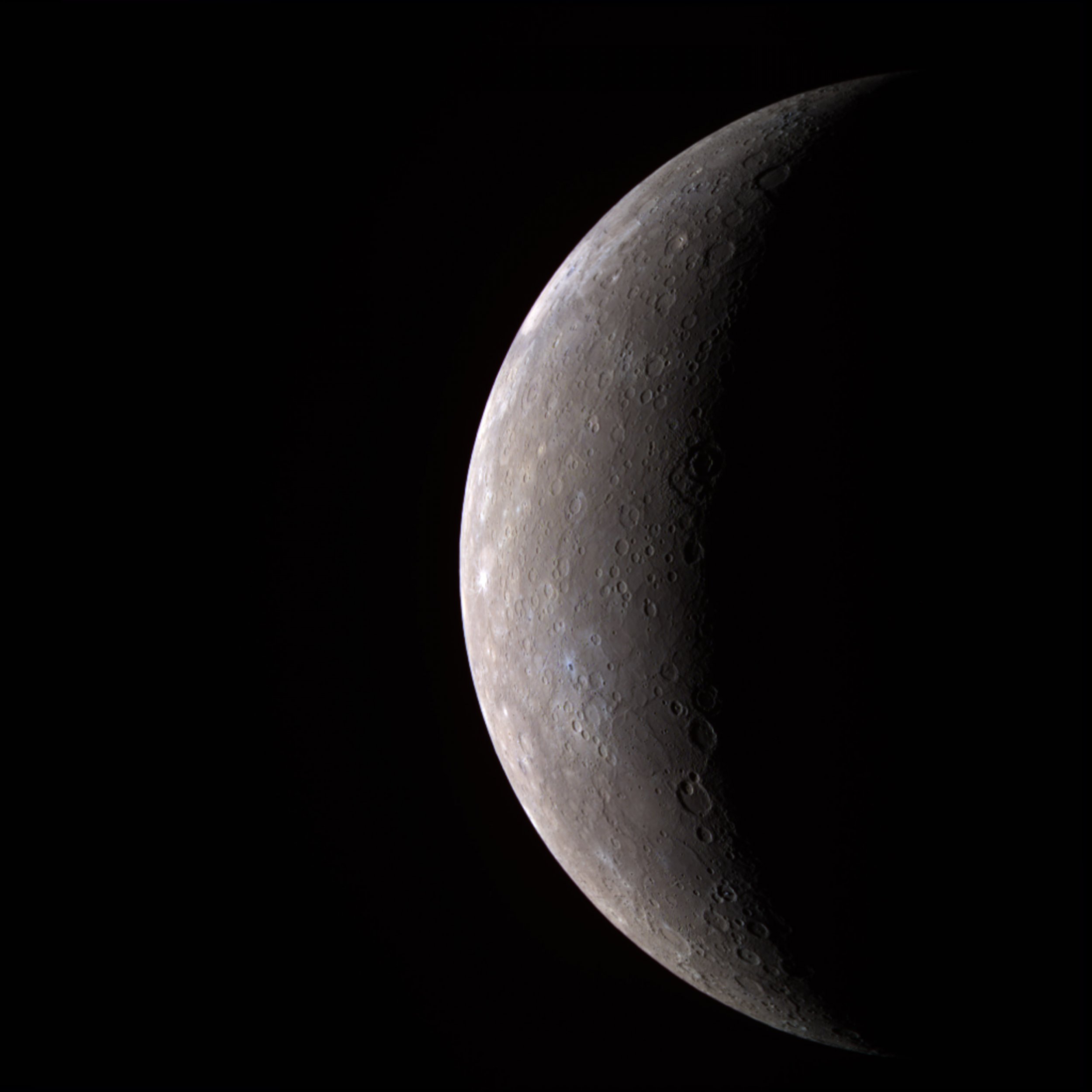
Scientists from England's University of Warwick and France's Aix-Marseille University have found a new exoplanet that's denser than any other Earth-sized planet discovered to date, according to a paper published Monday in Nature Astronomy. That means it may be built more like Mercury than Earth—which could shed light on how Mercury and other unusually dense planets were formed.
The planet, K2-229b, has a mass that's about 2.5 times that of Earth. This is the first time scientists have been able to measure the mass of this planet, Jessie Christiansen, an astrophysicist with the NASA Exoplanet Science Institute at Caltech, who was not involved in the research, told Newsweek.
"The really exciting thing for K2-229b is it's not what we expected," she said. "When we saw this planet that was Earth-sized, we thought it would have an Earth-like composition. But it turns out that it's more like Mercury."
What that means is that the planet is made of a lot more metal than rocklike material—which makes it weird, relative to other rocky planets like Earth and Mars. Scientists think these planets might form in one of three ways. Perhaps things ran into them and chipped the rocky bits off. Maybe the cloud of material that the planet and the star around which it's orbiting had less of the raw material that makes a planet rocky to begin with. Or maybe the stuff that was supposed to become the rocky bits got blasted away by solar radiation as the planet was beginning to form. Which of these scenarios actually happened is still up for debate.
To find out the answer, we need data from exoplanets—they help show us what's possible. "The thing about astronomy is that we can't run experiments," said Jonathan Fortney, director of the Other Worlds Laboratory at the University of California, Santa Cruz. (He also was not involved in the research.) "All we can do is look at what nature gives us."
With K2-229b, we now know any scenario that won't allow for a Mercury-like planet to be as large as Earth probably isn't the right one. For now, all the theories are still in play, Christiansen said, noting, "I don't think this knocks anything out of contention."
Scientists found K2-229b when the Kepler space telescope was looking at the sky between July 2016 and September 2016. Learning more about this and other, undiscovered exoplanets will happen—but not with that telescope. The spacecraft is running out of fuel, NASA announced on March 14.
"Our current estimates are that Kepler's tank will run dry within several months—but we've been surprised by its performance before!" the agency said on its website. "So, while we anticipate flight operations ending soon, we are prepared to continue as long as the fuel allows."
Uncommon Knowledge
Newsweek is committed to challenging conventional wisdom and finding connections in the search for common ground.
Newsweek is committed to challenging conventional wisdom and finding connections in the search for common ground.
About the writer
Kate Sheridan is a science writer. She's previously written for STAT, Hakai Magazine, the Montreal Gazette, and other digital and ... Read more





